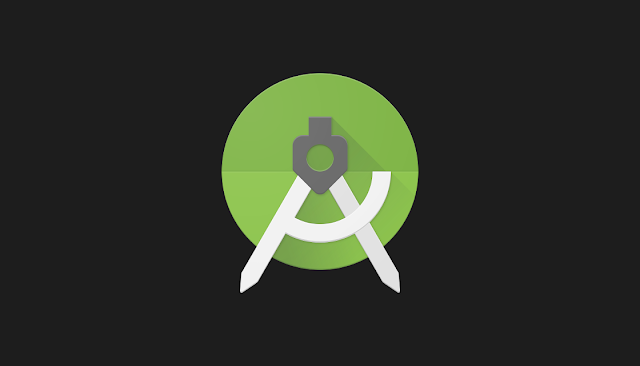The official IDE for Android development, Android Studio 4.0 latest upgrade was released on May 28, with a set of exciting features like Motion Editor and Build Analyzer.
While the new Motion Editor is a simple visual design editor for the MotionLayout type, which makes it easier to use the MotionLayout API to manage motion and widget animation in applications. It also offered support for editing constraint sets, view attributes, transitions and keyframes.
And MotionLayout builds upon the capabilities of ConstraintLayout for the designing of large and complex Android views, with XML files generated to make the task easier for developers.
What's New in Android Studio 4.0?
Besides the new features of Motion Editor and Build Analyzer, Android Studio 4.0 other capabilities include:
- Kotlin Android Live Templates: Live templates offers a convenient IntelliJ feature that allow developers to insert common constructs into their code by typing simple keywords. Android Studio 4.0 includes Android-specific live templates for Kotlin code.
- Upgraded Layout Inspector: It makes debugging a UI intuitive by providing access to data sync with running app and offering insights on resource usage. Also a Layout Validation capability compares UI across multiple screen dimensions.
- Kotlin DSL build script files (*kts) support: Kotlin build scripts that offer a suite of quick fixes from the Project Structure dialog.
- CPU Profiler: In Android Studio 4.0, it provides CPU recordings separate from the profiler timeline, and organized in groups for easier analysis.
- Primary language analysis engine: clangd is the primary language analysis engine for code navigation, inspection, completion and displaying code errors and warnings, with the clang-tidy linter tool now bundled with Android Studio.
Additionally, Smart Editor for R8 Rules was introduced in Android Gradle plug-in 3.4.0 to combine desugaring, obfuscating, shrinking, optimizing, and dexing in one step, resulting in build performance improvements. Build Analyzer is supported in the Android Gradle 4.0.0 plug-in via Java 8 language APIs and creating feature-on-feature dependencies between Dynamic Feature modules.
How to Get Started with Android Studio 4.0
You can get Android Studio 4.0 by downloading it from the Android Studio developers website. With the latest versions of the Android Gradle plugin and Google Maven dependencies to build your project offline available here.
But if you do not need Android Studio, you can also download the basic Android command line tools and use the included sdkmanager to download other SDK packages.









No comments